How to lower your blood pressure quickly
Need to know how to lower your blood pressure quickly? Here’s where to start
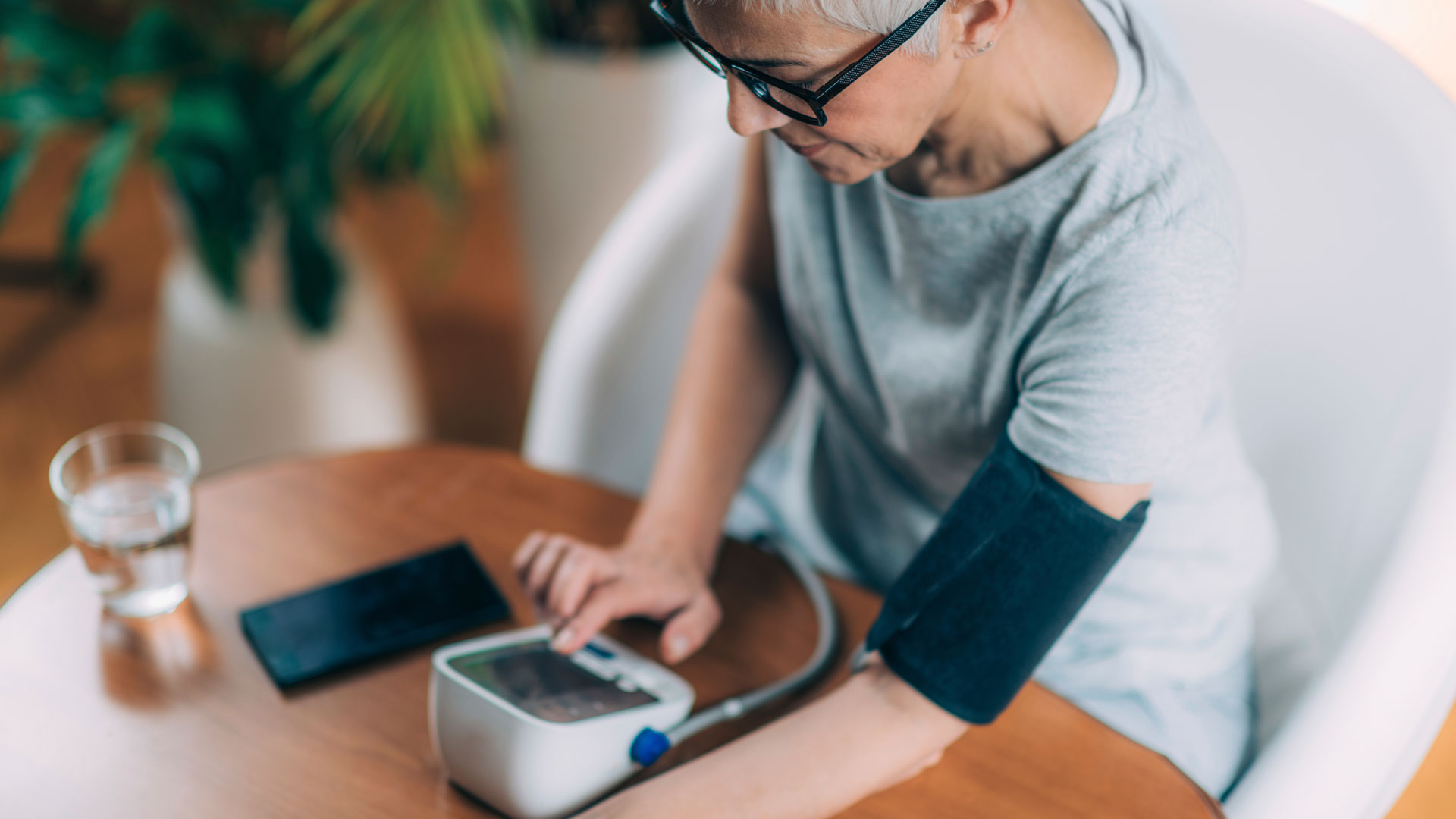

You might be wondering how to lower your blood pressure quickly before it becomes a serious issue. High blood pressure is a common cause of heart disease and increases the risk of other complications.
If you’ve been advised by your healthcare provider that your blood pressure is too high, you may be worried. The good news is that by changing some simple behaviors, you may be able to keep your blood pressure down. Whether changing your eating habits or working out on the best exercise machines to lose weight, there are many simple ways to lower your blood pressure.
The CDC states that almost 50% of adults in the United States have high blood pressure, also known as hypertension. So here are some tips for making lifestyle changes, all of which are backed by research.
What should your blood pressure be?
Blood pressure is measured using two numbers:
- The first number, called systolic blood pressure, measures the pressure in your arteries when your heart beats.
- The second number, called diastolic blood pressure, measures the pressure in your arteries when your heart rests between beats.
If the measurement reads 120 systolic and 80 diastolic, you will say, “120 over 80,” or write, “120/80 mmHg.” A normal blood pressure level, according to the Journal of the American College of Cardiology is less than 120/80 mmHg.
Tips lowering your blood pressure quickly
Sometimes, high blood pressure, otherwise known as hypertension, can run in families, but there are steps you can take to try to keep your blood pressure under control. These simple lifestyle adjustments can be meaningful even if you do not have high blood pressure. However, it’s always advisable to seek medical advice and speak to your doctor about dealing with high blood pressure before making big changes.
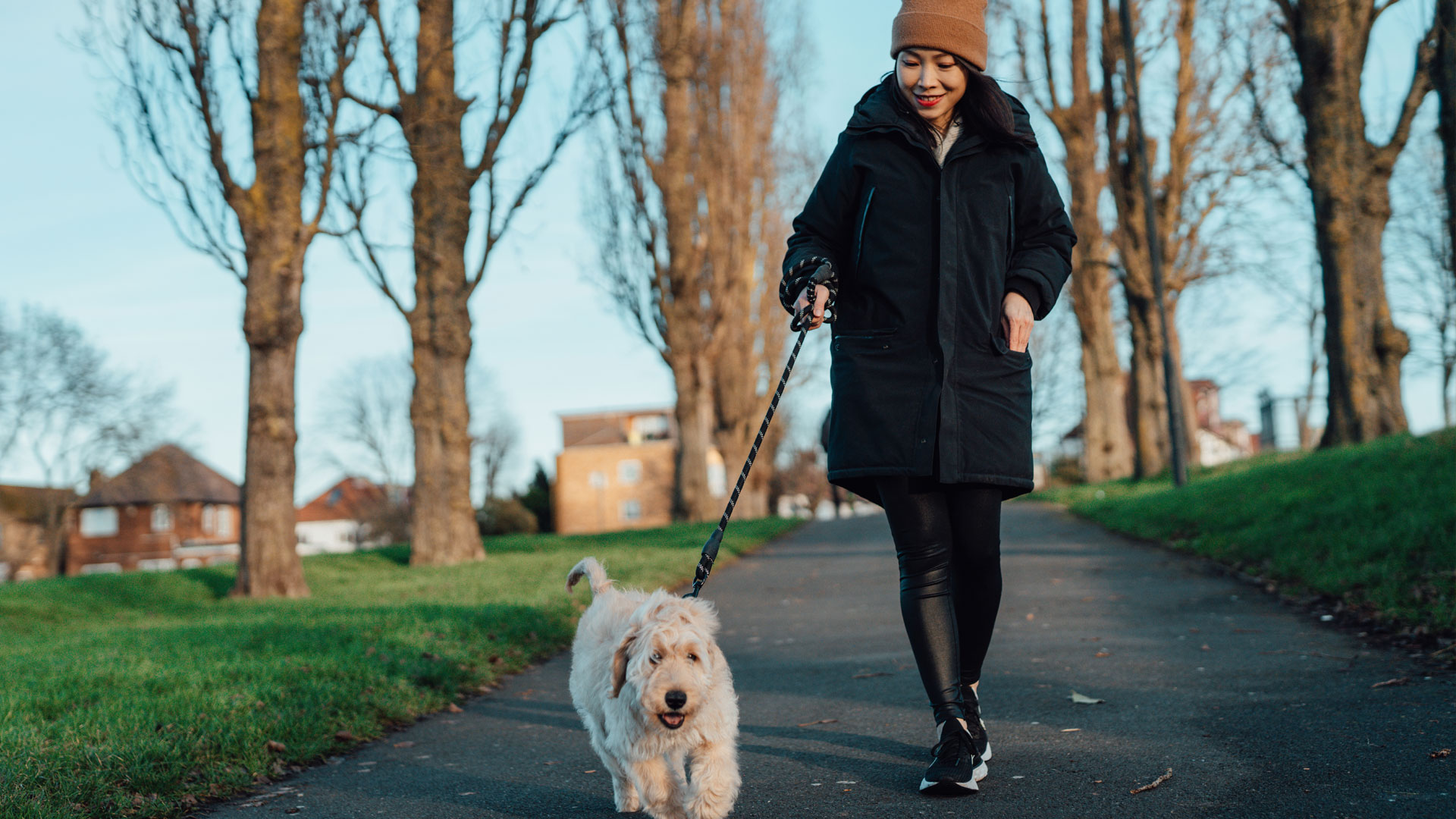
Increase your activity levels
Exercise plays a significant role in lowering blood pressure. By regularly increasing your heart and breathing rates, your heart gets stronger and pumps with less effort over time. This puts less strain on your arteries and lowers your blood pressure.
Get the Fit&Well Newsletter
Start your week with achievable workout ideas, health tips and wellbeing advice in your inbox.
Studies support the role of exercise in lowering blood pressure. An analysis of 65 studies suggests that aerobic and resistance exercise can significantly lower blood pressure, especially in men. For example, in a 2013 study, sedentary older adults who participated in aerobic exercise training lowered their blood pressure by an average of 3.9% systolic and 4.5% diastolic.
A 2019 report by the American College of Cardiology and the American Heart Association advises moderate- to vigorous-intensity physical activity for 40-minute sessions, three to four times per week.
Ongoing studies suggest that there are still benefits to even light physical activity, especially for older adults. Simple ways to up your activity levels include:
- walking instead of driving
- doing household chores like washing windows and floors
- gardening and leaf raking
- going for a bike ride
- playing a team sport
Stop smoking
Smoking causes an immediate but temporary increase in your blood pressure and an increase in your heart rate. So, quitting smoking is not just good for your overall health; it decreases your blood pressure too.
Both smoking and exposure to second-hand smoke increase the risk of building fatty substances (plaque) inside the arteries - a process that high blood pressure is known to accelerate.
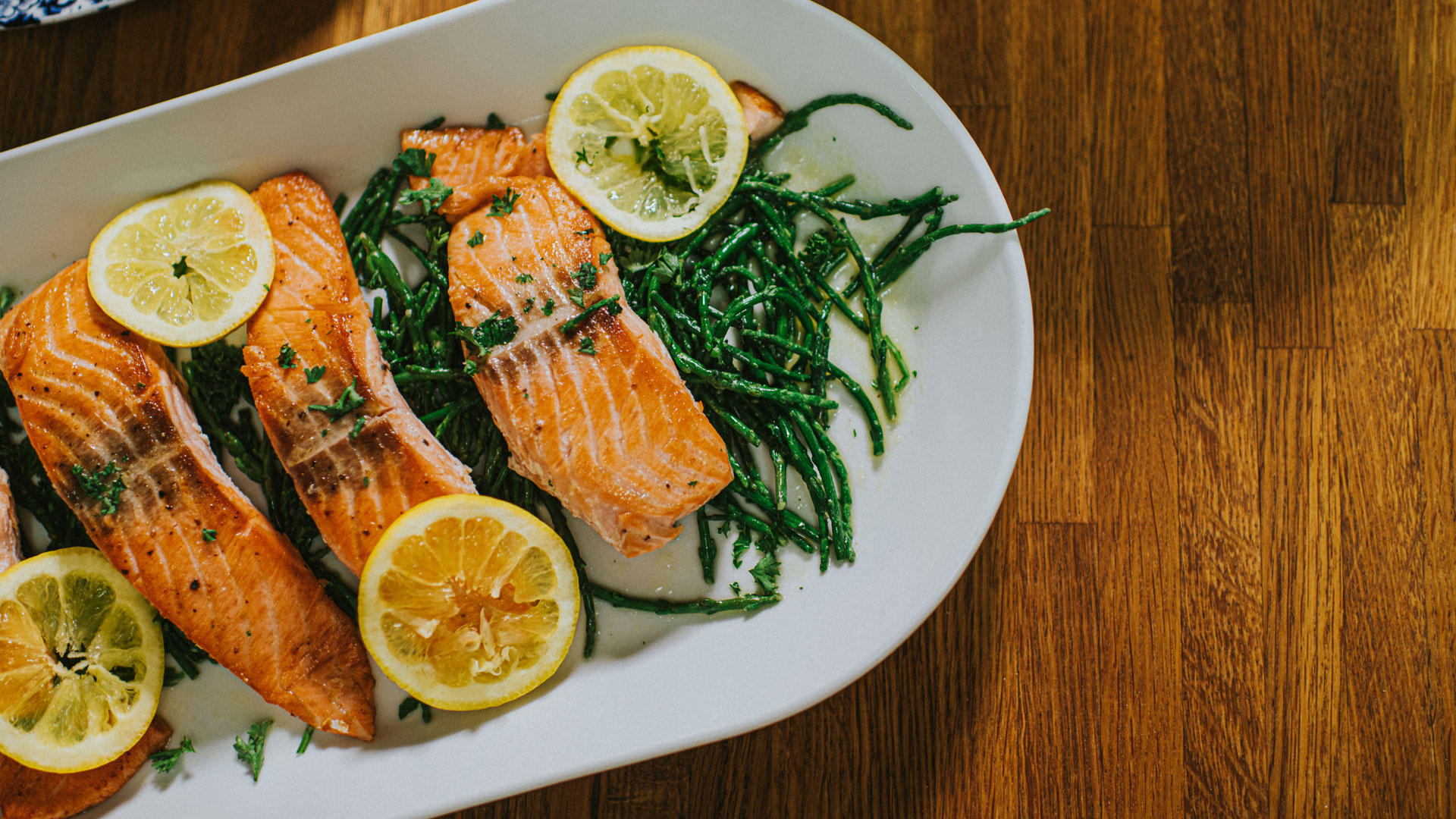
Eating a healthy, balanced diet
Many studies show that restricting sugar and refined carbohydrates can help you lose weight and lower your blood pressure.
The U.S. Department of Health and Human Services recommends the DASH diet (“Dietary Approaches to Stop Hypertension.”) This eating approach encourages foods low in saturated fat, total fat, and cholesterol and high in fruits and vegetables, and low-fat dairy foods. In addition, eating foods lower in salt and sodium also can reduce blood pressure.
Aim to eat a diet that's rich in:
- Fruits
- Vegetables
- Whole grains
- Low-fat dairy products
- Skinless poultry and fish
- Nuts and legumes
- Vegetable oils
Foods to limit:
- Saturated and trans fats
- Sodium
- Red meat
- Sweets and sugar-sweetened beverages
Foods rich in potassium are essential for managing high blood pressure because the more potassium you eat, the more sodium you lose through urine. Potassium also helps ease tension in your blood vessel walls, which helps further lower blood pressure.
Potassium-rich foods include:
- Avocados
- Bananas
- Cantaloupe and honeydew melon
- Lima beans
- Molasses
- Mushrooms
- Oranges
- Peas
- Potatoes
- Prunes and prune juice
- Raisins and dates
- Spinach
- Tomatoes, tomato juice, and tomato sauce
- Tuna
Maintain a healthy weight
A little weight loss can bring a lot of health gains. Even a slight weight loss can help manage or prevent high blood pressure in many overweight people (those with a body mass index of 25 or greater).
A review of several studies reports that weight loss diets reduced blood pressure by an average of 3.2 mm Hg diastolic and 4.5 mm Hg systolic.
For ideas on how to get started, take a look at our guide on how to lose weight at home.
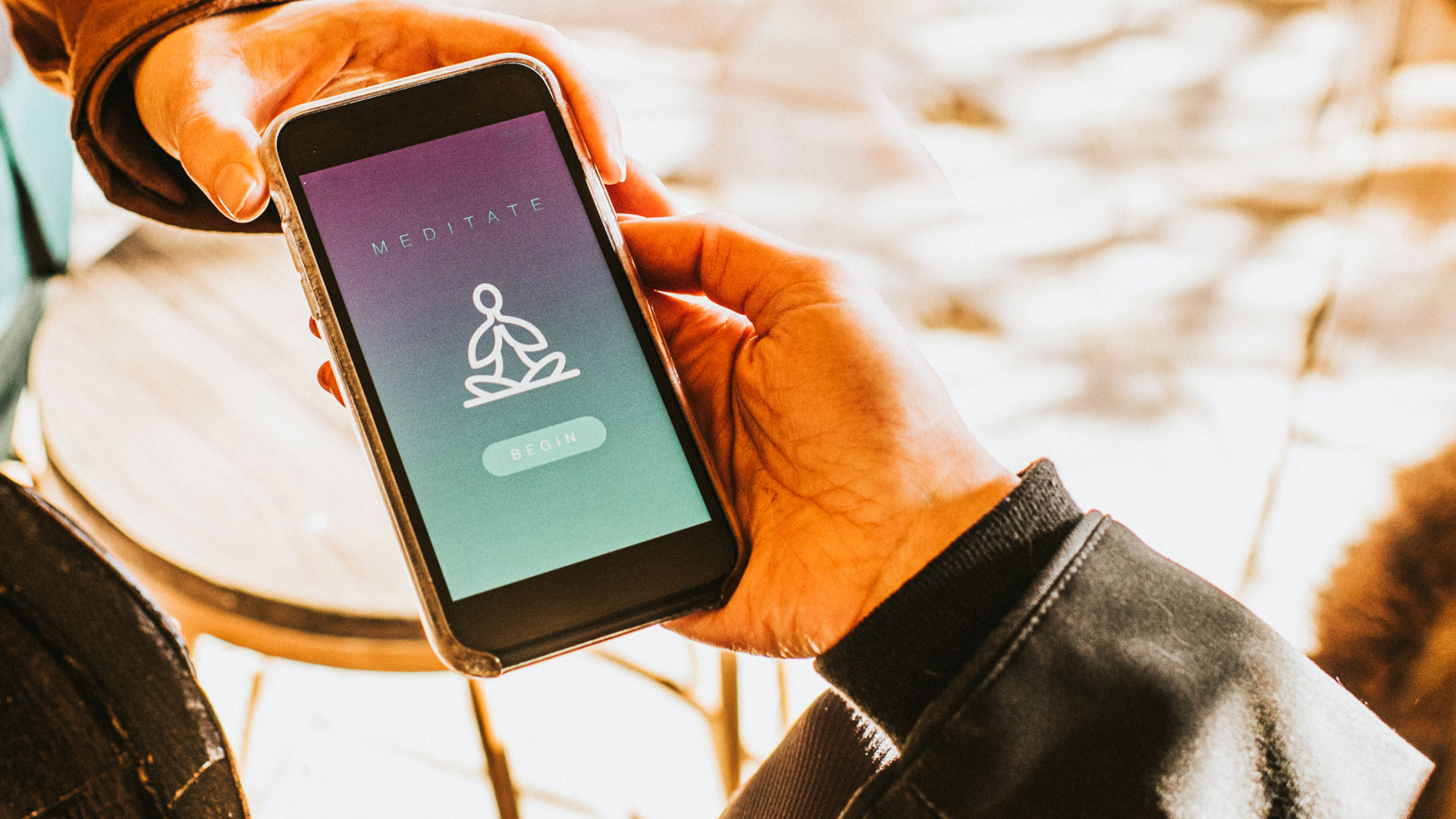
Manage stress
Finding ways to reduce your own stress is essential not just for your health but also for your blood pressure.
Studies have found that yoga, which commonly involves breathing control, posture, and meditation techniques, can reduce stress and blood pressure. For example, a 2013 review on the effects of yoga on blood pressure found an average blood pressure decrease of 3.62 mm Hg diastolic and 4.17 mm Hg systolic compared with those who didn’t exercise.
Stress relief looks different to everyone. Some people enjoy breathing exercises, others like a walk or a long bath. Experiment with stress relief techniques to help you unwind and help lower your blood pressure.
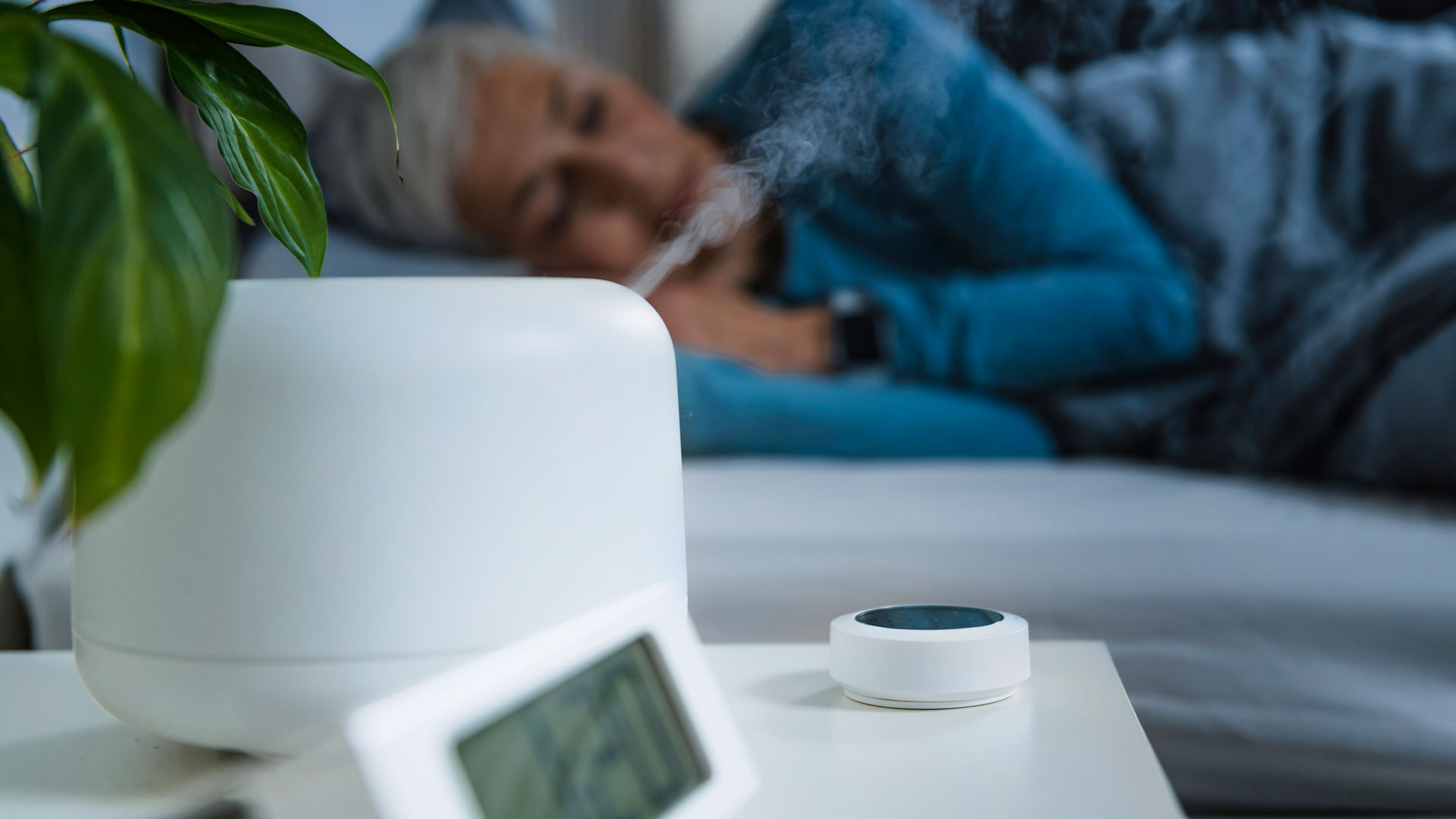
Prioritize sleep
Your blood pressure typically dips down when you’re sleeping. If you don’t sleep well, it can affect your blood pressure. Research has found that people who experience sleep deprivation, especially middle-aged, have an increased risk of high blood pressure. And regularly sleeping fewer than five hours a night was linked to a significant risk of high blood pressure long term.
For some people, getting a good night’s sleep isn’t easy. The NIH National Institute on Aging recommends the following ways to help improve your sleep:
- First, try to set a regular sleep schedule.
- Exercise during the day.
- Avoid daytime napping.
- Spend time relaxing before bedtime.
- Try not to watch television or use your computer, cell phone, or tablet in bed.
- Make your bedroom comfortable.
Catherine is a freelance journalist writing across titles such as Verywell Health, Healthline, The Daily Telegraph, Refinery29, Elle, and Vogue. She specializes in content covering health, fitness, wellness, and culture. A once reluctant runner, Catherine has competed in 30 running events in the past five years and looks forward to one day running the London Marathon.